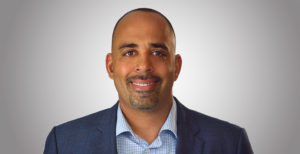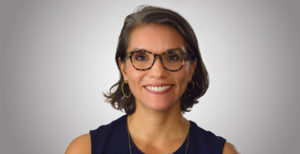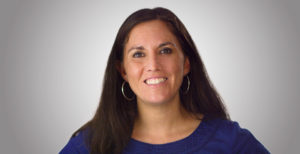Project Overview
American youth spend more than 10 hours engaging with media content every day—content that is often discriminatory, manipulative, and in some cases, absolutely false. And even though today’s youth may be digital natives, they are digitally naïve: A 2017 study found that a majority of students tested lacked the ability to distinguish advertisements on website home pages, recognize the difference between an article and a sponsored post, or identify media bias. As a result, they are developing problematic beliefs with real-world consequences. When false ideas about minority groups circulate through mass media, African Americans receive harsher sentences from judges, less attention from doctors, and a higher likelihood of being shot by police. Launched by the social impact organization Weird Enough Productions, Get Media L.I.T. responds to misrepresentation with a comprehensive media literacy learning tool designed to teach students how to access, analyze, evaluate, and create media content. In the process, the program seeks to empower African American students to debunk stereotypes and disrupt the school-to-prison pipeline, equipping them to take control of their own narrative and promote social justice in their communities.
Five Questions
Learn more about this project
Meet our other 2017 awardees

Western North Carolina
Connecting cultural heritage, youth retention, and economic revival, The Industrial Commons helps small to mid-size manufacturers convert to worker-ownership.

Washington, D.C. and San Diego, CA
Seeking to restore imperiled coral reefs, Coral Vita is leveraging for-profit tools to build a network of high-tech coral farms.

Washington, D.C.
Rising Tides brings expertise on climate adaptation and cultural heritage directly to vulnerable communities to save America’s histories, traditions, and cultures.

California
Seeking to reimagine the legal profession, Esq. Apprentice creates a no-cost pipeline for low-income youth of color to become fully licensed attorneys.

Neighborhood Opportunity and Accountability Board (NOAB)
California
A neighborhood-led model for youth justice seeks to re-route resources spent on locking youth up, and instead invest in young people and their communities.

Swapna Reddy &Elizabeth Willis
Asylum Seeker Advocacy Project (ASAP)
New York
ASAP offers a model for “lawyering in a crisis” by crowdsourcing short-term volunteers to provide rapid legal services to asylum-seeking families.

California
Through the nation’s first farm labor trust, immigrant farmworkers are reaping the benefits of worker-ownership while strengthening America’s food economy.

Texas
Jolt is pioneering a Latino youth-led movement across Texas to fight for stronger immigrant protections and rewrite the immigration narrative.

 Learn More
Learn More